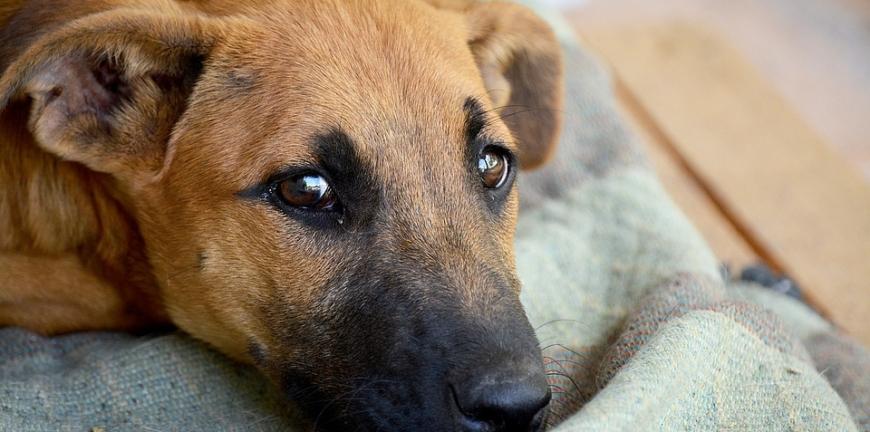November 23, 2017

Recognizing Signs of Separation Anxiety & Ways To Help Your Pet
Recognizing Signs of Separation Anxiety & Ways To Help Your Pet
Even the most well-adjusted animals can have stress when we’re away from them for extended periods of time. Research suggests that up to 30% of companion animals experience some type of separation anxiety over the course of their lifetime. While the exact causes of this stressful condition are unknown, some veterinarians believe it could be hereditary.
In any event, first, it’s important to recognize some of the signs and symptoms of separation anxiety so we can look at some possible solutions. Ask yourself these important questions:
- Is your animal destructive in your absence, chewing furniture and other household items?
- Does your animal have diarrhea or vomiting with no medical reason behind the behavior?
- Do they try to prevent you from leaving the house in some way?
- Are they digging or causing themselves injury in an attempt to escape after you leave?
- Do your neighbors complain of excessive vocalizing, howling and whining?
- Are they licking or scratching themselves to the point of causing injury?
- Do they shiver, shake, cower, hide or pace?
They could also exhibit elevated heart rates or have respiratory distress either in your absence or upon your return. If you animal is showing any of these symptoms, you should consider some possible solutions that can reduce some of their stress while you’re away. Here’s some important tips, tasks and tricks that can ease some of their suffering.
Temporary Solutions
It could take some time to get your animal more adjusted to the fact that you’ll need to leave them alone for work or school. Consider leaving them with a friend or neighbor, hiring a pet sitter or taking them to doggie (or kitty) day care. As more businesses are becoming animal friendly, maybe you could even take them to work with you.
Training Techniques
Try a departure routine when it comes time to leave, just a few extra minutes that you spend with your pet. Repeat a phrase to them, like “I’ll be home before you know it,” in a calm, soothing voice while you pet them. This routine can help to reassure them that although you’re leaving, when you keep returning to them, this can help them eventually deal with this separation.
Relieve Them From Boredom
Many experts believe that boredom and separation anxiety go hand-in-hand and providing them with distractions during your absence will often do the trick. Make sure you leave them with chew toys or treats that are interactive and last for more than just a few minutes. If you search online, you’ll likely see a variety of toys designed to keep a curious canine or kitty busy while you’re gone.
What Won’t Work
The ASPCA warns us against using some techniques they believe aren’t effective when dealing with separation anxiety, like punishing them for their behaviour. They also recommend:
- Not getting another animal for companionship. The presence of another dog or cat won’t stop them from exhibiting signs of anxiety.
- Avoid putting them into a crate or other confined space without the proper amount of training and adjustment.
- Background noise can go either way, it can be a distraction or a nuisance, it can be calming or annoying, it depends on the animal.
When all else fails, sometimes no amount of training will help with an animal who has a chronic condition and you may need to contact a professional. Many animal behaviourists have had success in treating this disorder in dogs and cats.
Also, ask your veterinarian for some advice and perhaps they can recommend an over-the-counter solution that with keep your animal calm without drugging them. Just like their human counterparts, there are some anti-anxiety medications that can help treat the disorder without the use of sedatives.
Author’s Bio
Sloan McKinney is a journalist based in Southern California. After writing about pop culture for a number of years, she has recently begun writing for a new audience. Inspired by DeAnthony, her cat, as well as her dog Max, Sloan now hopes to help other pet owners guarantee their animal companions happy and healthy lives.